The Anatomy of Air France Flight 447: Investigating the Causes of a Devastating Crash
HELLO AND WELCOME TO MY BLOG!
Greetings, dear readers! Welcome to today's aviation blog, where we delve into a significant event in aviation history. Today, we'll be discussing the tragic incident of Air France Flight 447. So fasten your seatbelts and let's embark on this journey of knowledge.
Air France Flight 447 was a scheduled passenger flight from Rio de Janeiro, Brazil, to Paris, France, that met with a devastating fate on June 1, 2009. This flight, operated by an Airbus A330 aircraft, encountered an unforeseen catastrophe, leaving an indelible mark on the aviation industry.
To give you a comprehensive understanding, let's explore the details of this unfortunate incident. On that fateful day, Flight 447 departed from Rio de Janeiro with 216 passengers and 12 crew members on board. However, roughly four hours into the flight, the aircraft disappeared from radar screens, and all contact was lost. The disappearance of the aircraft sent shockwaves throughout the aviation community and triggered a multinational search and rescue operation.
After a thorough investigation, it was discovered that the aircraft had crashed into the Atlantic Ocean, approximately 930 miles (1,500 kilometers) northeast of Brazil. The wreckage was located at a depth of around 13,000 feet (4,000 meters), making the recovery efforts incredibly challenging.
One of the most significant aspects of the investigation was the analysis of the flight data recorder and cockpit voice recorder, commonly known as the "black boxes." These devices provided crucial insights into the events leading up to the crash. It was revealed that the flight encountered a severe weather system with the presence of ice crystals, which caused the pitot tubes, responsible for measuring airspeed, to become obstructed.
As a result, the autopilot system disengaged, and the aircraft transitioned from "normal law" to "alternate law," shifting control from the autopilot to the pilots. The sudden change in control modes, coupled with the misleading airspeed information, led to confusion in the cockpit. The pilots were unable to correctly diagnose the situation, and the aircraft entered into a high-altitude stall.
Furthermore, the investigation highlighted certain human factors that contributed to the tragic outcome. The crew's response to the stall was not in line with the recommended procedures, and there were deficiencies in their training related to high-altitude, manual aircraft handling. The lack of awareness and experience in such a critical situation played a significant role in the inability to recover the aircraft.
Following the incident, a multitude of safety recommendations were made to prevent similar accidents in the future. These recommendations included improved pilot training, enhanced awareness of high-altitude stall recovery techniques, and advancements in aircraft systems and designs to minimize the risk of pitot tube obstruction.
The aftermath of Air France Flight 447 served as a wake-up call for the aviation industry, prompting a renewed focus on safety measures and procedures. The incident highlighted the importance of ongoing pilot training and the need for manufacturers to continuously improve aircraft systems to ensure the safety of passengers and crew.
In conclusion, Air France Flight 447 stands as a tragic reminder of the complex interplay between human factors, technology, and nature's forces in aviation. It serves as a somber reminder that constant vigilance, rigorous training, and advancements in safety procedures are paramount to preventing such incidents in the future.
As aviation enthusiasts, let us honor the memory of those who lost their lives in this devastating accident by appreciating the ongoing efforts made by the aviation industry to improve safety and ensure that every flight takes to the skies with the utmost care and professionalism. Safe travels, dear readers, and may the skies always be a safe and welcoming place for everyone.
Oh, by the way, Just wanted to remind you that in addition to my aviation blog, I also have another blog dedicated to the extraordinary stories from history. It's called historyisextraordinary.blogspot.com, and it's packed with interesting and hilarious tales from the past. If you're a fan of learning about history in a fun and engaging way, then be sure to check it out! Who knows, you might just learn something new, or at least have a good laugh. Let me know in the comments if you're interested in hearing more!

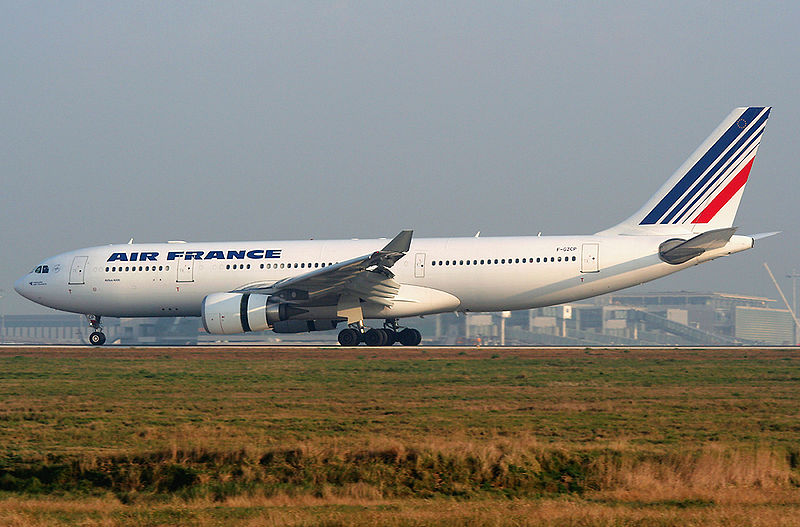
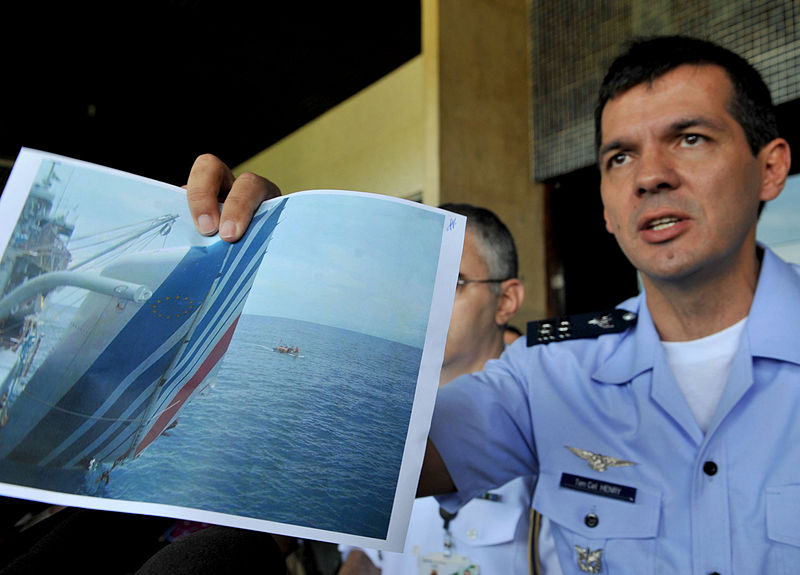
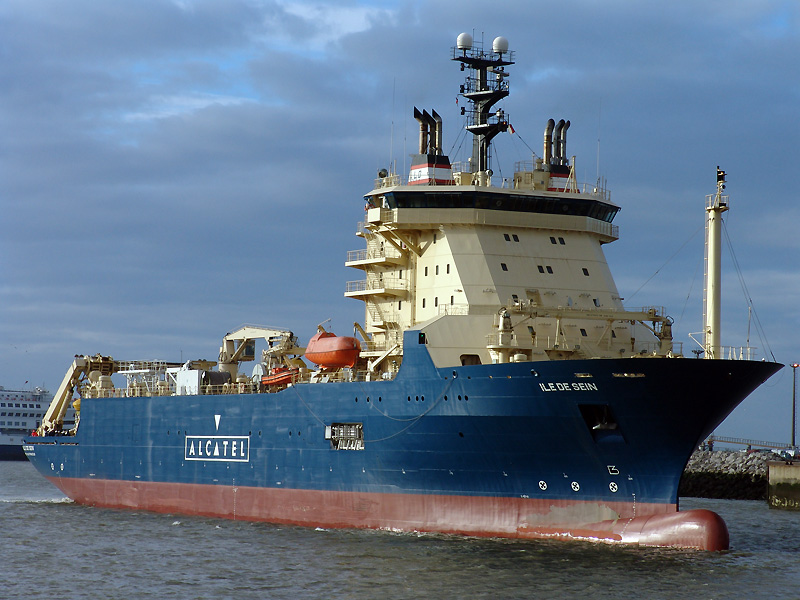

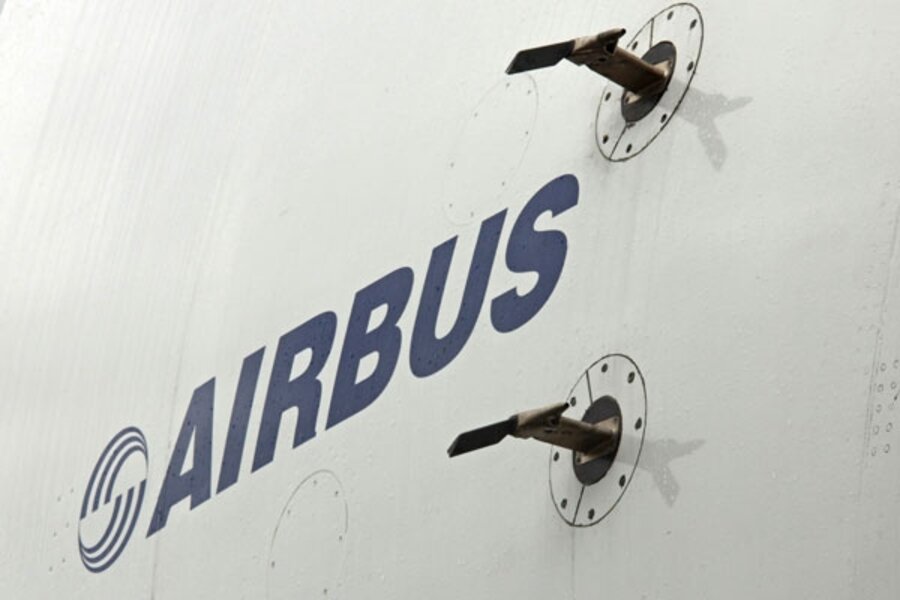


New rules are written by blood. I appreciate the progress in aviation
ReplyDelete